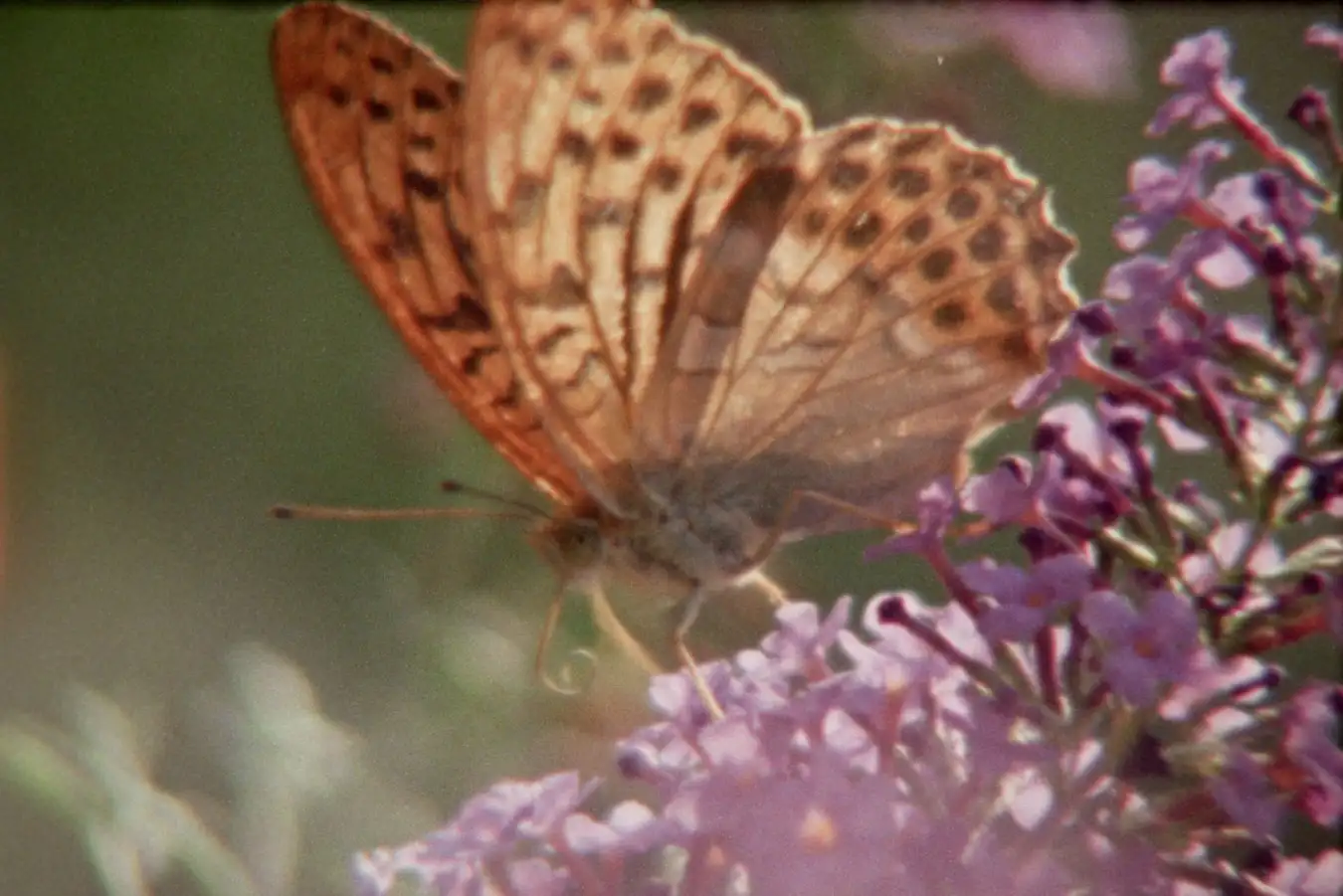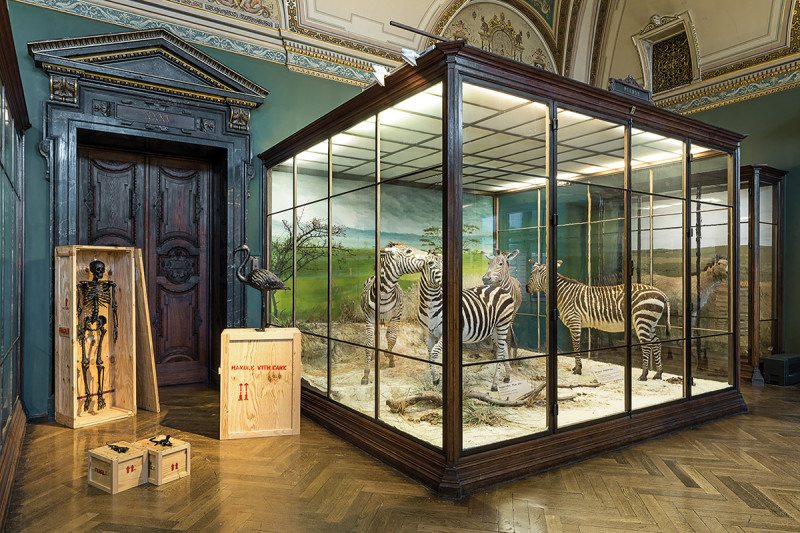Watching Ed Sayers’s Super Nature for New Scientist, 29 October 2025
Ed Sayers, a director of commercials and music videos, has a passion for Super-8, a motion-picture film format released in 1965 by Eastman Kodak. He’s not alone — the dinky film cassettes depend for their continued production on the hue, cry and advocacy of a small global community of filmmakers.
What marks Sayers out is his organisational ability. His first feature is assembled from super-8 footage dispatched from 25 countries by forty collaborators. Professional filmmakers and local enthusiasts alike have sent Sayers footage of the natural world near where they live.
Reading the premise of this movie, I’ll admit I was buckling in for 82 minutes of sparrows and house cats, but, boy, was I mistaken.
Though the distributor is making much of the film’s “green” credentials (a globe-spanning documentary that racked up precisely zero air miles), worthiness is not much of a sales pitch.
Better, I would have thought, to emphasise how strange everything looks in this hand-held, lo-fi and mostly silent format. (Super-8 with sound, of a sort, arrived in 1973, but Super Nature’s vivid and engaging soundscape is mostly the work of engineers David McAulay and John Cobban.)
In voice-over, Sayers says Super-8 looks as though “someone had painted your memories for you”. The literal truth of his assertion becomes apparent very early on, as you settle into the medium’s glare, flare, shakiness, and shifts of hue and tone. The world captured by super-8 is closer to the world our eyes actually capture. It’s not polished, posed, well-lit or even perfectly focused, but then, neither is the world. It is, however, often devastatingly beautiful, and so is this film. A few of the more ambitious shots — sones featuring the smallest, fastest, most retiring creatures — are hard to read. But an animal isn’t any less of an animal because we only glimpsed it.
The one sequence that didn’t work for me, though it was beautifully shot and edited, was an aerial sequence featuring migrating geese. The whole set-up, involving microlights and two cameras, was altogether too ingenious, too “staged” (and not altogether “green”, if we want to get persnickerty about it).
Better by far to lie in a puddle in the rain with a plastic bag over your head, filming a snail.
Super Nature is a film about the natural world as people actually experience it. Big budget nature filmmaking takes the diametrically opposite approach, revealing the world as the eye cannot possibly see it, either because it’s physically impossible to see, or because it doesn’t even exist. The impulse to reveal strange new worlds is admirable – I maintain that Walking With Dinosaurs is a joy — but I can’t help but wonder why the viewer, drunk on a surfeit of perfectly lit, perfectly framed, perfectly timed visual wonders, wouldn’t become permanently jaded.
Super Nature shakes us up wonderfully well.
Structually, it’s one of those films that’s constructed around the story of its own making. Accompanying every sequence (flamingo, worm, coral, white rhino, weedy sea dragon, kangeroo…) is a voice-over from the filmmaker, explaining what their footage means to them. There are many charming moments: one filmmaker describes the sound a puffin makes as it runs (clownish, as though it were wearing outsize slippers), and tells us, “They have the kindest eyes”. Some testaments are inspiring: there are filmmakers here who took to Super-8 because they needed a new way of looking at the world, once disease or misfortune had shrunk their lives to a point. Some trot out ecological pieties; others need to stick their heads under the cold tap (in the ibex you can, apparently, see the wisdom of the mountains).
Then there’s the story Ed Sayers tells about himself: a director who sets out with a grand ambition to record the natural world in the greenest manner possible, equipping local filmmakers with vintage technology (Act One); who loses all hope as he finds himself editing footage of floods, fires, Ukrainian trenches and piled plastic garbage (Act Two); but who is ultimately cheered up and his film project redeemed (in Act Three) by the antics of a playful seal. It’s as good a narrative frame as any, I suppose, but perfectly predictable, in a way the footage never is.


